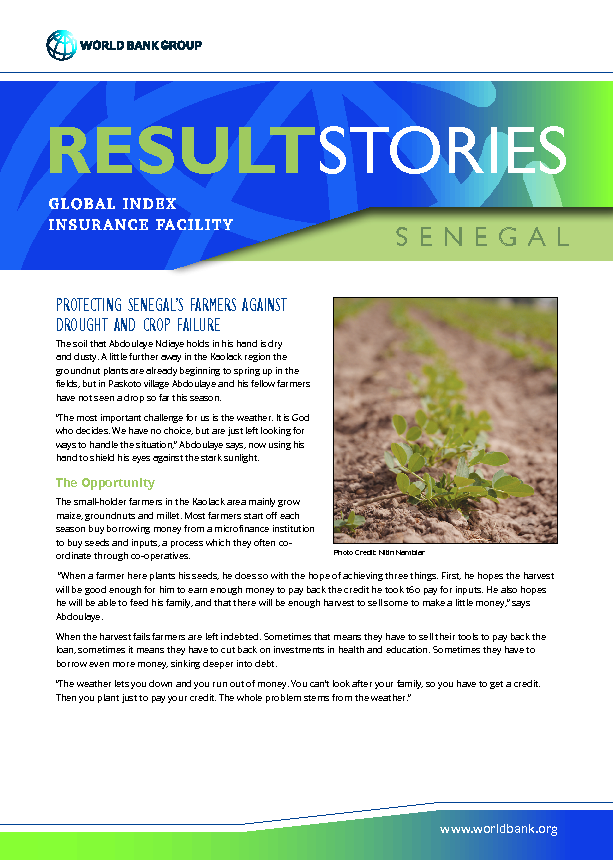
Meso-level

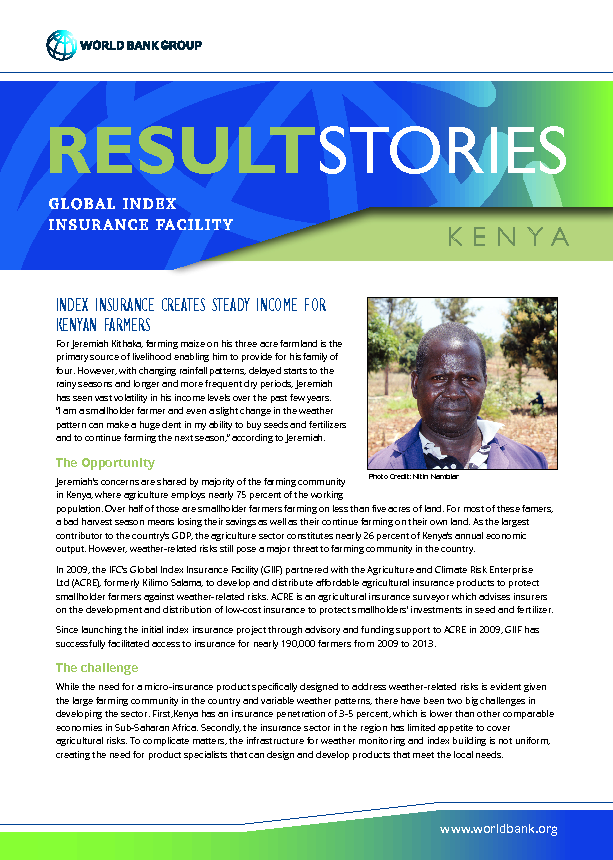
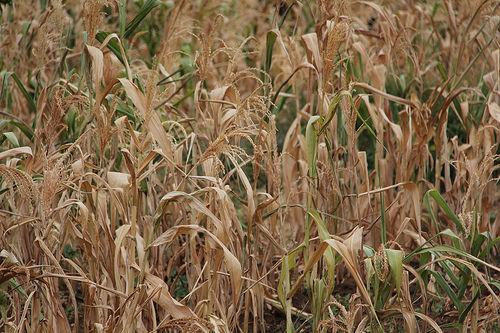
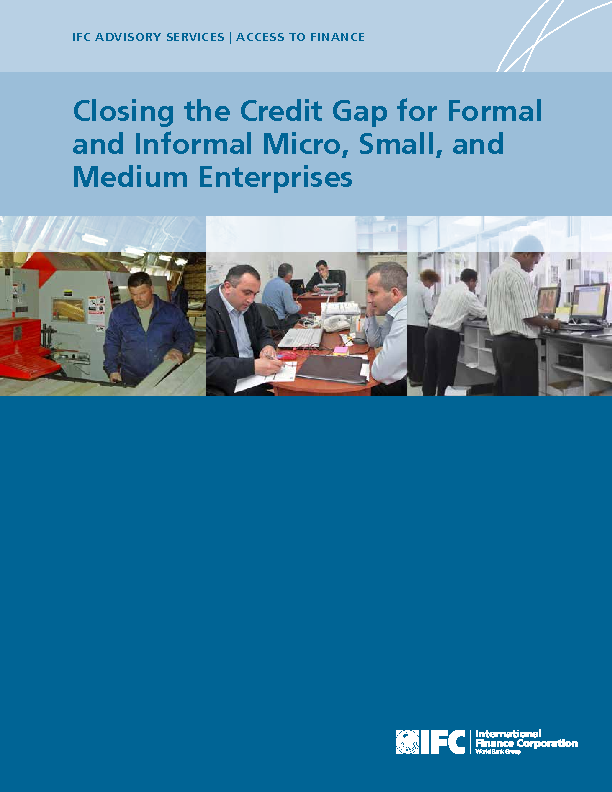
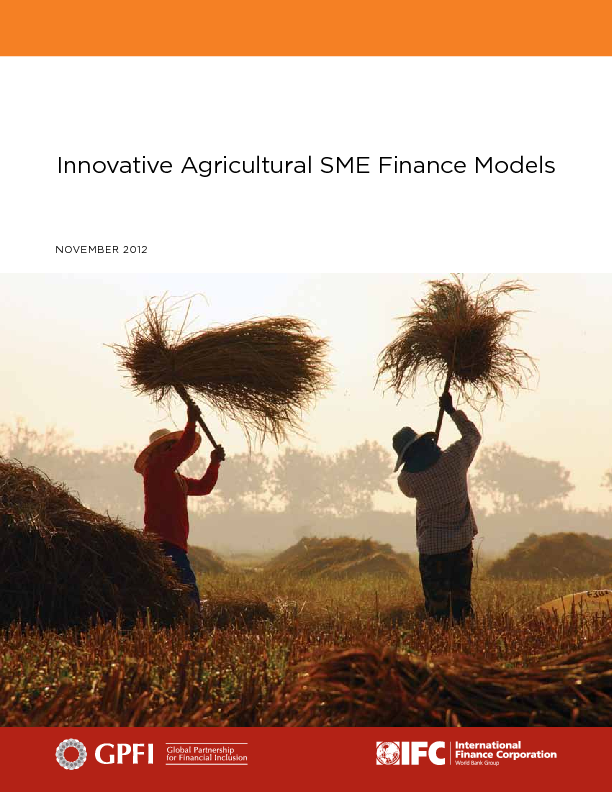
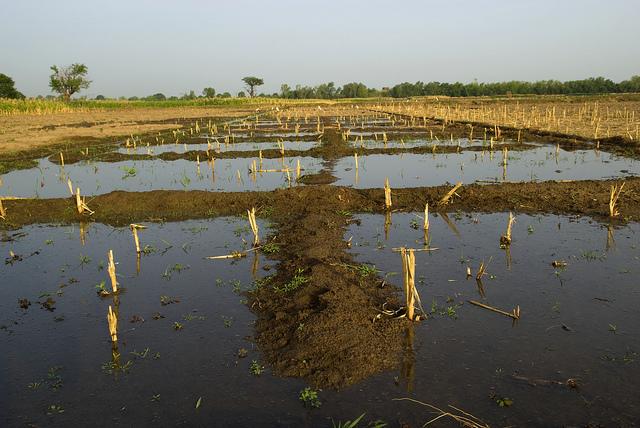
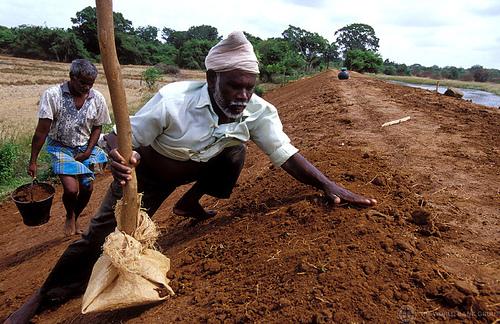
Jamaica faces a variety of natural hazards and, on a combined-hazard basis, is among the most vulnerable countries in the world. It lies in the center of the Atlantic hurricane belt, on a complex area of the northern Caribbean Plate margin, and is subject to tropical rainfall and resulting erosion. Agriculture in Jamaica is vulnerable to various risks from extreme winds, to extreme rain, to droughts. A large part of the agricultural sector, including integrated supply chains as well as small farmers, is absorbing these climate risks, with neither publicly nor privately risk transfer mechanisms
The recent path of Tropical Storm Isaac in September 2012 caused the destruction of plantain fields in the southern region. This situation forced the national authorities to provide in kind assistance (i.e. planting materials, fertilizers, cleaning labor, land preparation) to the most affected farmers. Although some insurers provide agriculture insurance, the Ministry of Agriculture does not have a pre-defined budget to tackle the negative effects caused by events in the agricultural sector while it faces significant contingent liabilities.
